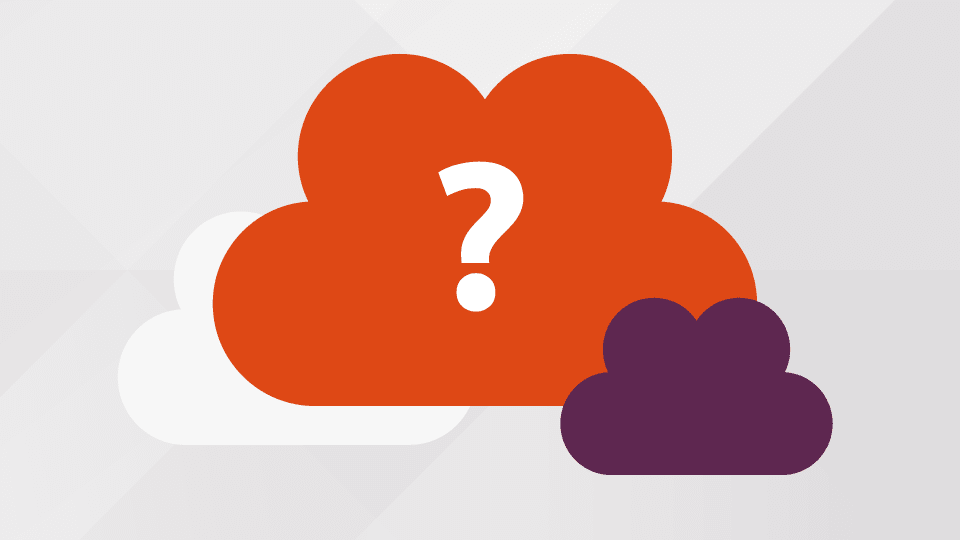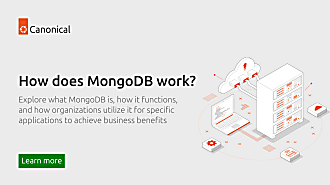James Nunns
on 11 September 2018

Tech companies, Canonical included, have a problem. That problem is living in buzzwords and jargon, and then assuming everyone knows what we are talking about.
At Canonical we call them ‘Canonicalisms’, other companies have their own names for it.
Whilst we can joke about it, this over-reliance on jargon is a genuine barrier to our audience, developers, customers, people in need of technical help, people in need of assistance in understanding what all these buzzwords are. The jargon is a barrier to people understand what something like the cloud is, in its many different guises, and how these different architectures and strategies can be used for tangible business benefits.
Fortunately, that’s a problem which is solvable.
Canonical has decided to produce a whitepaper that details everything you need to know to understand every type of cloud from public to private and managed to multi-cloud. But, we haven’t stopped there, because these technologies don’t live in a bubble, they’re connected to technologies such as Kubernetes, containers, serverless computing, servers and virtual machines.
Still, understanding the basics about these different technologies is only a piece of the picture, which is why we’ve also included guidance on the best strategies to use, use cases, when and where to deploy and make it a success.
We know that there is no one-size-fits-all type of cloud. Nor is the cloud necessarily the best option for hosting workloads in all situations, we also know that you don’t want to read another vendor specific take on the view of the world, which is why we’ve remained objective in the whitepaper – in true open source fashion.
So, if you want to know what is public cloud or what is multi-cloud and clear away the jargon that’s stopping you from understanding everything you need to know about the cloud, containers, Kubernetes and more, then download this whitepaper.



